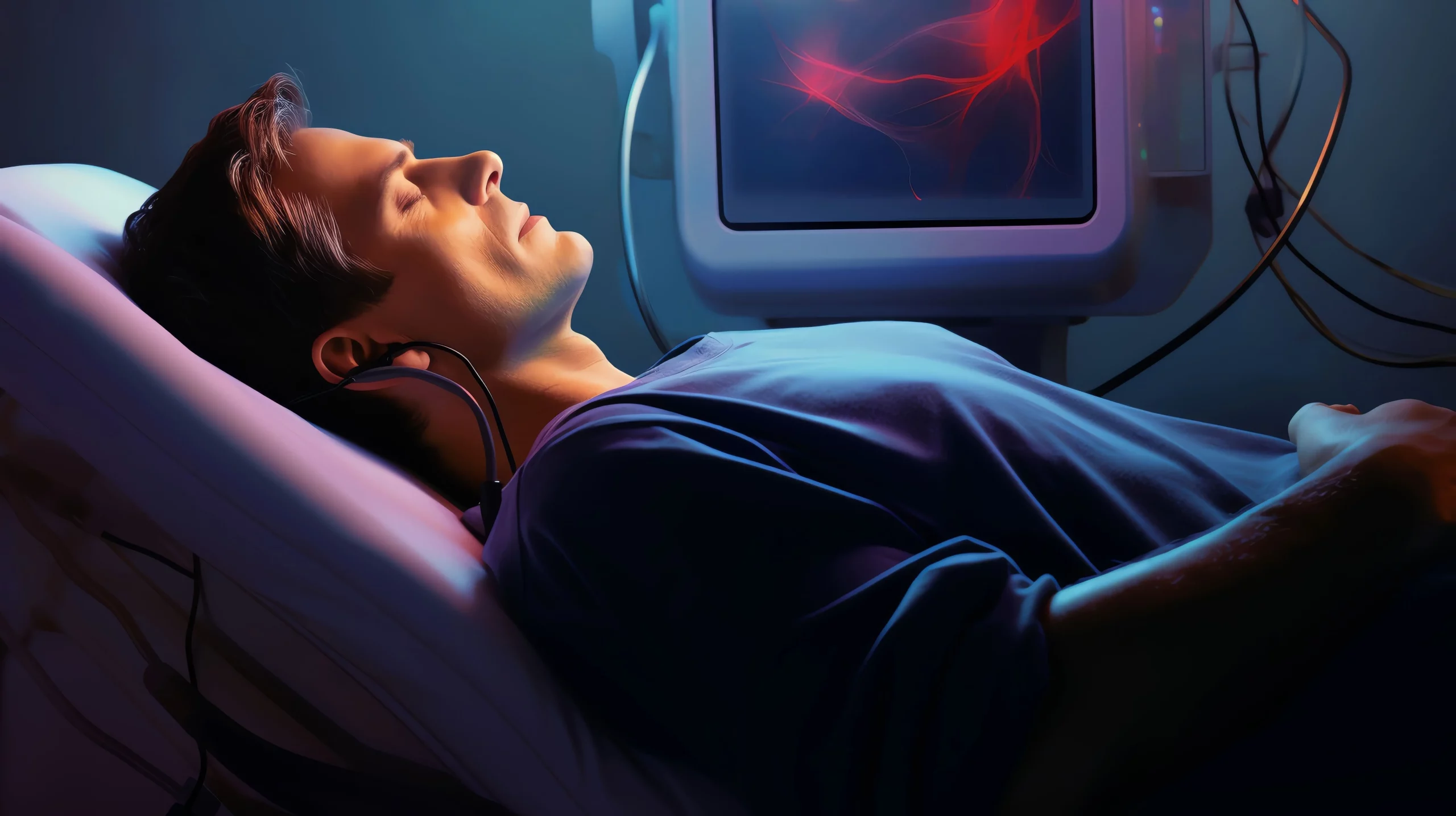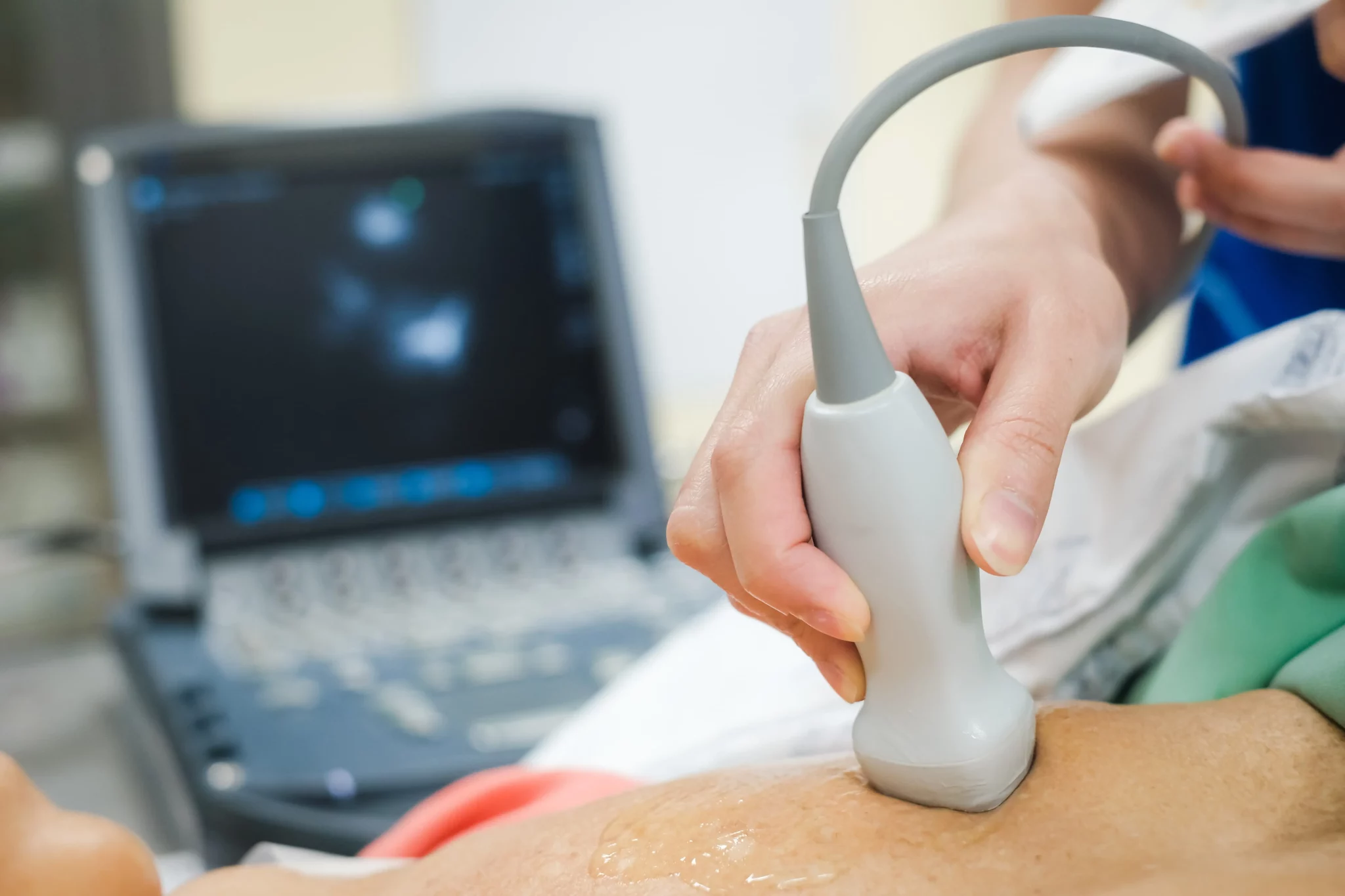Medical imaging has revolutionized healthcare by enabling doctors to view and diagnose diseases and injuries that would have been difficult to detect otherwise. Among the most common medical imaging techniques are X-rays and computed tomography (CT) scans. Both methods use radiation to produce images of the body’s internal structures but differ in several ways.
What are X-rays and CT scans?
Medical imaging is crucial in diagnosing various medical conditions, injuries, and diseases. Two of the most commonly used imaging techniques are X-rays and CT (computed tomography) scans. While they may seem similar, the two have significant differences regarding how they work, what they’re used for, and their benefits and drawbacks.
X-rays are electromagnetic energy that can travel through the body and image the other side. X-rays are used to create images of bones and other dense tissues, and they’re commonly used to diagnose fractures, dislocations, and other types of injuries. X-rays can also be used to detect tumors, foreign objects, and other abnormalities.
X-rays
How X-rays Work
X-rays work by passing through the body and capturing an image on the other side. The image is produced by the X-ray beam interacting with the different tissues in the body. Dense tissues, such as bones, absorb more of the X-ray beam and appear white on the image, while less dense tissues, such as muscles and organs, absorb less of the X-ray beam and appear darker.
Common Uses
X-rays are commonly used to diagnose fractures, dislocations, and other types of injuries. They also detect tumors, foreign objects, and other abnormalities.
Advantages of X-rays
One of the main advantages of X-rays is that they’re fast and relatively inexpensive compared to other imaging techniques. They’re also widely available and can be performed in a variety of settings, including hospitals, clinics, and doctor’s offices.
1.CT Scans
CT scans, also known as computed tomography scans, use X-rays and computer technology to produce detailed images of the body. CT scans are used to diagnose a variety of medical conditions, including injuries, cancer, and heart disease.
How CT Scans Work
CT scans work by combining X-rays taken from different angles to create a detailed image of the body. The X-ray machine rotates around the body, taking multiple images that are combined by a computer to create a three-dimensional image. The resulting image provides a more detailed view of the body than a traditional X-ray.
Common Uses
CT scans are commonly used to diagnose injuries, cancer, heart disease, and other medical conditions. They can also be used to guide biopsies and other medical procedures.
Advantages of CT Scans
One of the main advantages of CT scans is that they provide detailed, three-dimensional images of the body, making it easier to diagnose certain conditions. They’re also non-invasive and typically painless.
Which One is Right for You?
The choice between X-rays and CT scans depends on several factors, including the type of condition being diagnosed, the patient’s age and medical history, and the risks and benefits of each imaging technique.
1. When is an X-ray the right choice?
An X-ray is a good choice for certain situations where a quick, low-cost imaging option is needed. X-rays are often used to diagnose broken bones, joint problems, and some types of cancer. They are also useful in detecting certain types of lung and heart conditions, such as pneumonia or congestive heart failure.
Additionally, dental offices commonly use X-rays to examine teeth and jaw structures. Overall, X-rays are an effective imaging tool for many common medical conditions and are often the first step in a diagnostic process.
2. When is a CT scan the right choice?
A CT scan may be the right choice when a more detailed and three-dimensional image is required, such as in cases of trauma, cancer, or internal organ damage. CT scans are also useful for examining specific areas of the body, such as the head, chest, abdomen, or pelvis. CT scans are especially helpful in identifying bone fractures, detecting internal bleeding, and visualizing organs and tissues in fine detail.
In addition, CT scans are often used in guiding biopsies or other minimally invasive procedures. However, the higher radiation dose associated with CT scans may not be suitable for pregnant women or those with a history of radiation exposure.
How to Prepare for an X-ray or CT Scan?
If your doctor has ordered an X-ray or CT scan, it is important to prepare for the procedure to ensure accurate results. The following are some tips on how to prepare for an X-ray or CT scan:
- Discuss any allergies or medical conditions with your doctor
- Wear comfortable clothing
- Follow instructions on fasting
- Inform your doctor of any medications
- Arrive early for the appointment
- Bring any previous imaging studies
Following these tips ensures that you are properly prepared for your X-ray or CT scan and help to ensure accurate results.
What to Expect During an X-ray or CT Scan?
During an X-ray, you can expect to be asked to remove any jewelry or clothing that could interfere with the imaging. You will then be positioned in front of the X-ray machine and asked to hold still while the image is taken. The process usually takes only a few minutes and is painless.
During a CT scan, you will lie on a table that moves through the CT scanner.
To reduce movement during the imaging, you may be requested to hold your breath at particular periods. You may also be given contrast dye to help enhance the images, either through an injection or by drinking it beforehand. The entire process usually takes 30 minutes to an hour.
Aftercare and Follow-up
After an X-ray or CT scan, there are typically no special instructions or follow-up needed. However, if contrast dye was used during a CT scan, it is important to drink plenty of fluids to help flush it out of your system.
Contact your healthcare provider immediately if you experience any unusual symptoms or side effects after the scan, such as pain, swelling, or an allergic reaction. Your doctor will go over the results of your X-ray or CT scan with you and go over any necessary next steps, such as more testing or therapy. Following your doctor’s recommendations and attending any scheduled follow-up appointments is critical.
In some cases, your doctor may recommend periodic imaging tests to monitor a condition or injury over time. Discuss any concerns or questions you have about aftercare and follow up with your healthcare provider.
The Bottom Line
While both X-rays and CT scans have advantages and disadvantages, understanding their differences can help you and your healthcare provider make the best decision for your needs, ultimately leading to more accurate diagnoses and better treatment outcomes. Roshal Health is dedicated to providing high-quality medical imaging services to patients, and their advanced CT scanning technology is no exception. When you choose Roshal Imaging for your CT scan needs, you can be confident that our technologists are certified, bring a wealth of expertise and best practices, and provide outstanding patient experiences.




